
|   |

|   |
Guru Gangadhar Pradhan: A complete Guru - Ashish Mohan Khokar, Bangalore e-mail: khokar1960@gmail.com October 13, 2010 This column, since its inception two years ago, has mostly taken note of dance greats or gurus no more. It has also tried to connect the month under review with a significant name that was either born in the month under profiling, or died. It is with certain shock and sadness one profiles Guru Gangadhar Pradhan, who was a smiling, sweet guru figure till yesterday and is no more! His end came at the ripe young age of just 62. 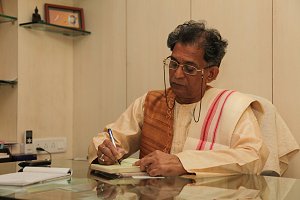 Guru Gangadhar Pradhan was born on 10 July 1948, in Parikul village in Puri district of Orissa. He was born to serve Orissi and he died serving Orissi. He suffered deprivation in childhood and thus always thought of the under-privileged. As a young boy, he enlisted in a gotipua mandali that paved the path for his being chosen to join the Utkal Sangeet Mahavidyalaya, which produced very few noteworthy dancers of calibre, with Gangadhar Pradhan being among the few exceptions. Trained by Banamali Maharana in mardala, he was a much sought after player in his initial days, accompanying such stars as Sanjukta Panigrahi and Kumkum Mohanty. At the Mahavidyalaya, he was trained both by adiguru Pankaj Charan Das (who taught such luminaries as Yamini Krishnamurti and Ritha Devi) and Deba Prasad Das (who taught Indrani Rahman, Durga Charan Ranbir and Ramli Ibrahim). Ganga babu also studied under Kelu babu (who trained a legion of top names including Sanjukta Panigrahi, Kumkum Mohanty. Madhavi Mudgal and Protima). 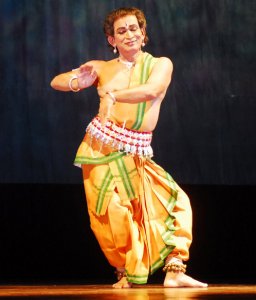 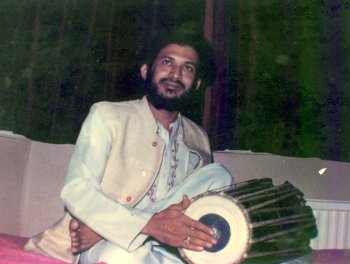 The guru was always busy with creating either dance productions or dance festival venues like Dhauli and then Konark, much before even the state government thought of Konark as a national dance festival venue. He expended much energy in this that cost him his health and to some extent, his real genius as a teacher and percussionist took a back seat. That his end coincides with the 25th anniversary of his Konark Natya Mandap festival is saddening, because, the man and his mission were not complete. He still had miles to go but strain and stress of enlarging and managing a giant festival, a goti pua troupe and liabilities of land and resources, having delinked from ODA, made the guru worrisome and stretched in his end days. He looked far older than his young 62 years and he will be missed for long. There is a sense of shock that followed his death, with a few aggrieved fans ransacking the hospital where he died, holding the faulty treatment responsible for the guru's sudden demise, national media reported. 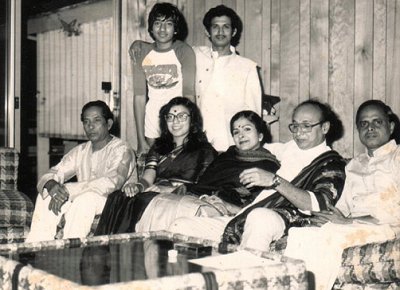 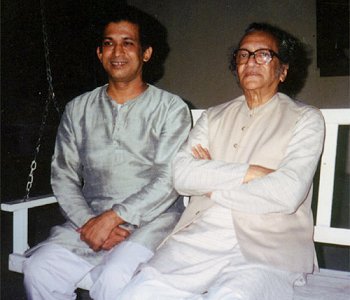 His end came in a Bhubaneswar hospital on October 11, 2010 at 2.40am, where he was recovering from an angioplasty surgery but suffered a brain stroke. Guru Gangadhar Pradhan represents the genial guru, who was more interested in the arts than worldly gains. A short man, he stands tall amongst all his contemporaries. May his soul continue to dance and teach Orissi, a cause for which he ran his energies aground.  Ashish Mohan Khokar has made writing and recording dance history his mission. As a merit-lister in M.A. History from the Delhi University, he loves the process and technique of writing history and its reconstruction. He is the most sought-after biographer because of this and his 30 years of direct dance writing, with 35 published titles to credit, makes him India's reputed dance historian. With practical background in dance and theory, his opinions are much sought after and respected. He wrote as dance columnist for many magazines like India Today, First City and Life Positive. He was the dance critic of the Times of India in Delhi, then Bangalore, before starting his own dance journal - attendance - now in its 12th year of publication. As India's pioneering arts administrator way back in mid-eighties, he served the Delhi State Akademi and the Festivals of India in France, Sweden, Germany and China and worked as one of the Directors at INTACH, under PM, Rajiv Gandhi's chairmanship. He is currently on many committees and boards, nationally and internationally. attendance-india.com ; dancearchivesofindia.com |